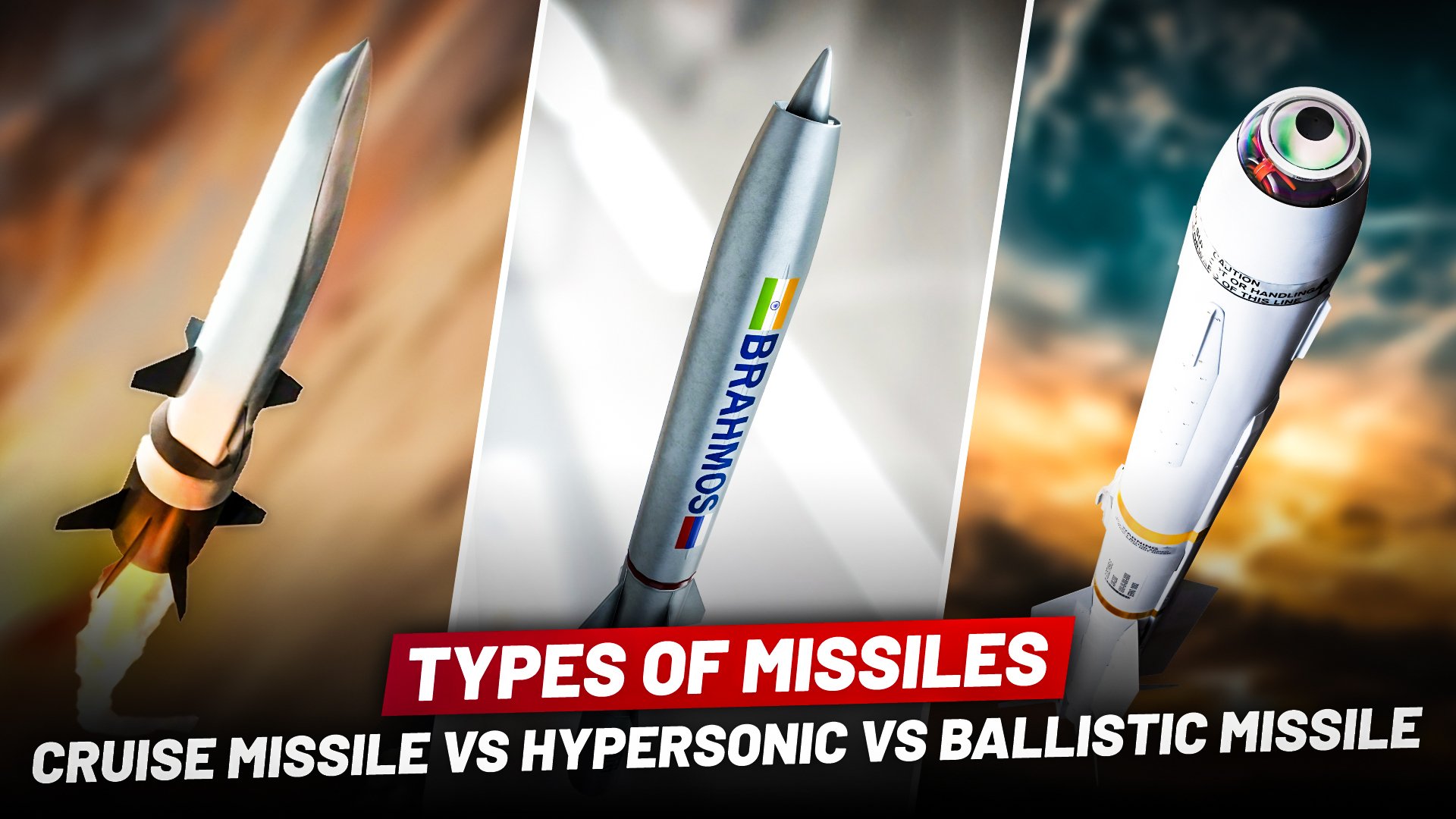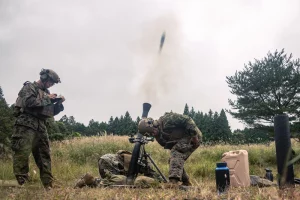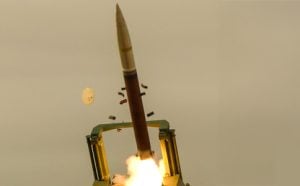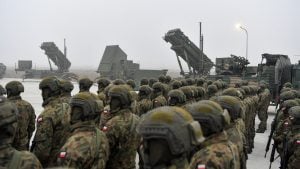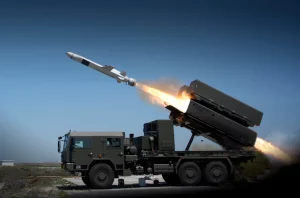Ballistic missiles can travel at supersonic to hypersonic speeds, while cruise missiles are typically subsonic or supersonic but slower than ballistic missiles.
Cruise Missile Vs Hypersonic Vs Ballistic Missile
1. Cruise Missile
- Definition: A guided missile that remains within the Earth’s atmosphere and travels mostly in a horizontal flight path to strike a precise target.
- Speed: Typically subsonic (below the speed of sound, ~Mach 0.8-0.9) or supersonic (~Mach 2-3).
- Trajectory: Follows a low-altitude, terrain-hugging flight path to avoid radar detection.
- Guidance: Equipped with advanced guidance systems like GPS, terrain contour matching (TERCOM), or radar.
- Examples:
- BrahMos (India/Russia) – Supersonic
- Tomahawk (USA) – Subsonic
- Nirbhay (India)
Advantages:
- High precision due to continuous guidance.
- Low-altitude flight makes it harder to detect and intercept.
Disadvantages:
- Limited speed reduces the ability to evade advanced air defense systems.
2. Hypersonic Missile
- Definition: A missile that travels at hypersonic speeds, i.e., faster than Mach 5 (five times the speed of sound).
- Speed: Between Mach 5 and Mach 25.
- Trajectory: Can follow either a glide trajectory or an aerodynamic flight path, depending on the type (boost-glide systems or cruise systems).
- Guidance: Advanced guidance systems with AI and real-time targeting.
- Examples:
- Avangard (Russia)
- DF-ZF (China)
- HAWC (Hypersonic Air-breathing Weapon Concept) (USA)
Advantages:
- Extremely fast, making interception almost impossible with current missile defense systems.
- Can maneuver during flight, making it unpredictable.
Disadvantages:
- High development cost and technological complexity.
3. Ballistic Missile
- Definition: A missile that follows a ballistic trajectory, meaning it is launched into space and then descends under the influence of gravity to hit its target.
- Speed: Variable (can reach hypersonic speeds during re-entry, ~Mach 10-20).
- Trajectory: High-arching parabolic path that exits the Earth’s atmosphere during the mid-course phase.
- Guidance: Initial guidance during the boost phase; mid-course and terminal phase guidance for some advanced missiles.
- Examples:
- Agni Series (India)
- ICBM Minuteman III (USA)
- Dongfeng-41 (China)
Advantages:
- Long-range capability, including intercontinental range (ICBMs > 5,500 km).
- Ability to carry multiple warheads (MIRVs).
Disadvantages:
- Easier to detect due to its high-altitude trajectory.
- Longer preparation time before launch compared to other missile types.
Key Differences
| Feature | Cruise Missile | Hypersonic Missile | Ballistic Missile |
| Speed | Subsonic/Supersonic | Hypersonic (Mach 5+) | Varies (can reach Hypersonic) |
| Trajectory | Low-altitude, terrain-following | Unpredictable/maneuverable | High-arching parabolic path |
| Range | Medium to long-range | Medium to intercontinental | Short to intercontinental |
| Stealth | High (low-altitude flight) | Moderate (fast but detectable) | Low (easily tracked in space) |
| Usage | Precision strikes | Quick, hard-to-intercept strikes | Strategic, long-range attacks |
| Defense Evasion | Radar evasion | Speed and maneuverability | Speed during re-entry |
Conclusion
- Cruise Missiles are ideal for precision strikes against specific targets, especially in stealthy operations.
- Hypersonic Missiles are the future of warfare, providing unparalleled speed and evasion capabilities.
- Ballistic Missiles are suited for strategic long-range attacks, often carrying nuclear warheads.
